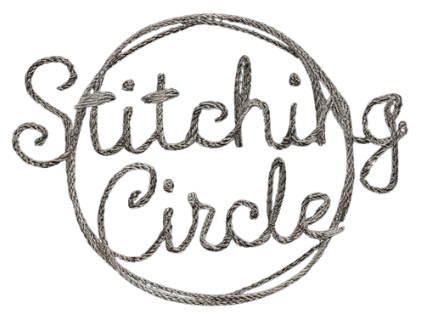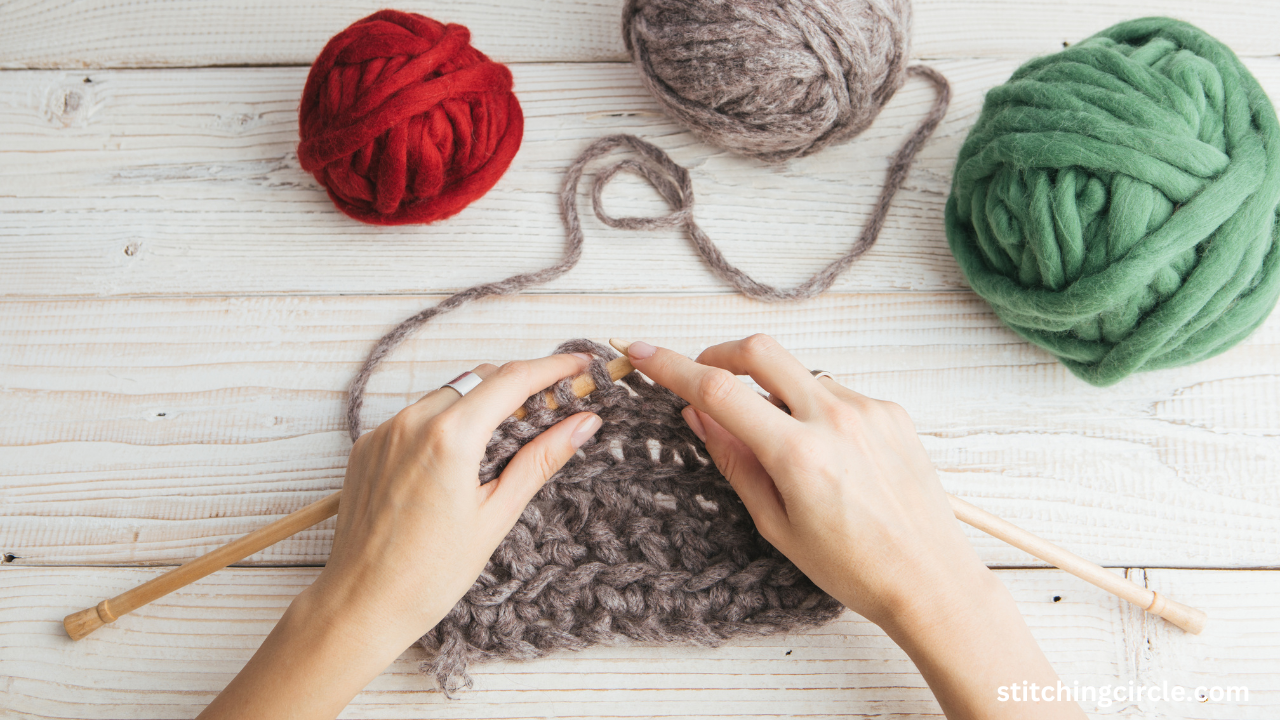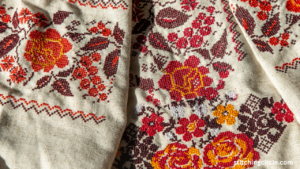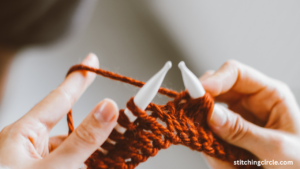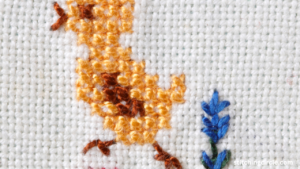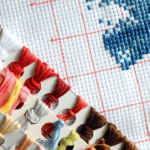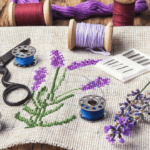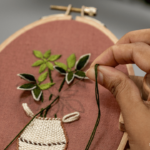The craft of knitting is an ageless art form that has developed over several generations, with new techniques and designs being discovered regularly. The slip stitch, one of the many adaptable techniques, allows you to incorporate complicated motifs and textures into your work.
In this article, we will delve into the realm of slip-stitch knitting in great detail, concentrating on variations that are worked purlwise and knitwise, as well as more advanced techniques that will take your knitting to the next level.
Slip stitching is a method of knitting that includes moving a stitch from one needle to another without knitting or purling it. This results in a textured appearance.
You are able to achieve a variety of effects in your work by sliding stitches in a variety of different ways, such as purlwise or knitwise. sliding in a direction that is purlwise produces a raised stitch on the right side of the work, whereas sliding in a direction that is knitwise produces a twisted stitch.
Due to the fact that these differences may be combined to produce elaborate patterns and textures, slip stitch knitting is a favorite among skilled knitters who are wanting to add interest to their work.
Mastering slip stitch knitting techniques can take your projects to the next level, regardless of whether you are a novice who wants to broaden your knitting repertoire or an experienced pro who wants to try something new. Be sure to stay tuned as we explore the world of slip stitch knitting and uncover the countless opportunities that it presents.
Slip stitch knitting is a popular technique in the world of knitting that involves passing a stitch from one needle to the other without knitting it. This method creates unique textures and patterns in your knitted fabric.
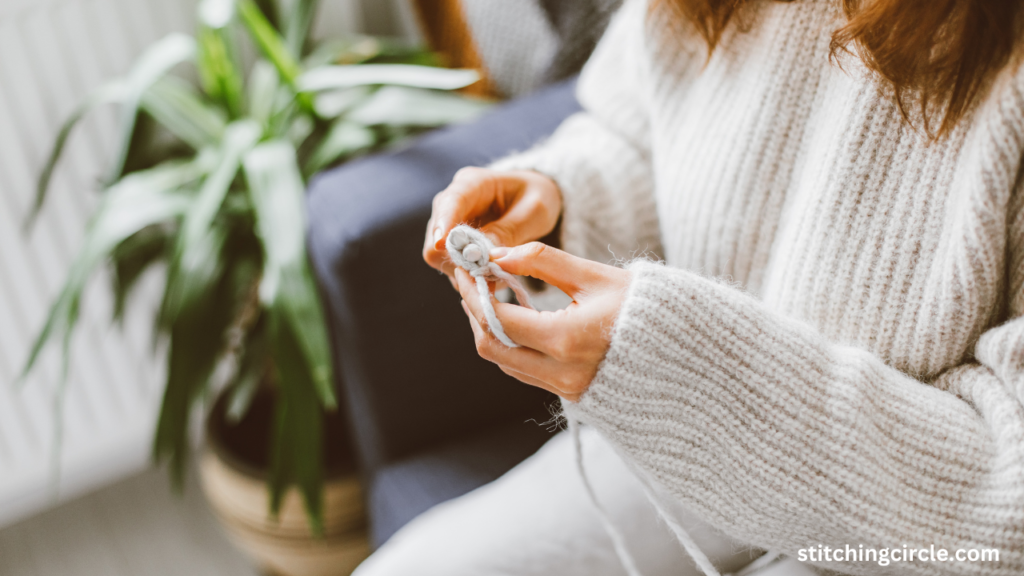
Contents
- 1 What is Slip Stitch Knitting?
- 2 Understanding Purlwise vs. Knitwise
- 3 How to Slip a Stitch Correctly
- 4 Exploring Various Slip Stitch Patterns
- 5 Utilizing Yarn Placement in Slip Stitch Knitting
- 6 Conclusion
- 7 FAQs
- 8 Q: What is slip-stitch knitting?
- 9 Q: How do you slip a stitch knitwise?
- 10 Q: What does “wyib” mean in knitting?
- 11 Q: When do you slip a stitch purlwise?
- 12 Q: What is the difference between yarn in front (wyif) and yarn in back (wyib)?
- 13 Q: Where can I find a knitting tutorial for slip stitch knitting?
- 14 Q: What are common abbreviations used in slip stitch knitting?
What is Slip Stitch Knitting?
Slip stitch knitting refers to the process of moving a stitch from one needle to the other without working it. This technique is commonly used to create decorative elements such as colorwork, texture, and shaping in knitting projects.
The importance of mastering the slip stitch technique lies in its versatility. By incorporating slip stitches, you can introduce intricate patterns and designs into your knitting, making your projects stand out.
There are many benefits to incorporating slip stitches in your projects. These stitches can add visual interest, create reversible fabrics, and even help with shaping in more advanced knitting patterns.
Understanding Purlwise vs. Knitwise
When differentiating between purlwise and knitwise techniques, it is crucial to understand the direction in which the stitch is moved from one needle to the other. Purlwise involves slipping the stitch with the yarn in front, while knitwise entails moving the stitch with the yarn in the back.
Knowing when to use purlwise or knitwise technique is essential for achieving the desired effect in your knitting projects. Purlwise is typically used in creating textured patterns or when transitioning between knit and purl stitches. On the other hand, knitwise is more commonly used for colorwork and slip stitch patterns.
How to Slip a Stitch Correctly
Slipping a stitch correctly is a fundamental skill in slip stitch knitting. To slip a stitch, you need to transfer it from one needle to the other without working it. This can be done either purlwise or knitwise, depending on the pattern instructions.
Common mistakes when slipping stitches include pulling the yarn too tightly or loosely, which can affect the tension of your knitting. To master the slip stitch technique, practice slipping stitches evenly and consistently throughout your project. Utilize tutorials and guides to perfect your slip stitch method.
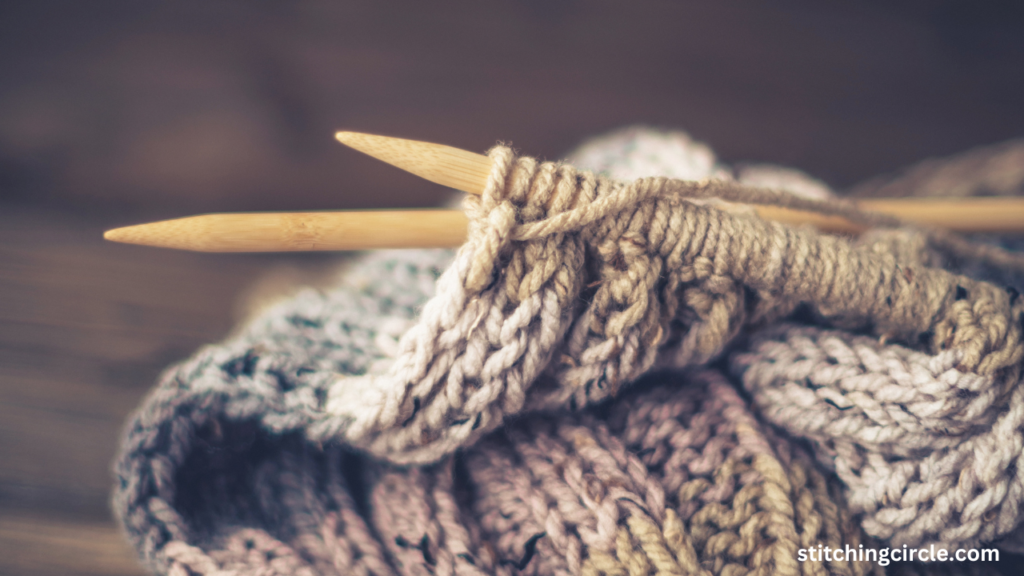
Exploring Various Slip Stitch Patterns
There are numerous slip stitch patterns that cater to both beginners and advanced knitters. Popular patterns include the garter stitch, moss stitch, and ribbed slip stitch. These patterns vary in complexity and are great for adding visual interest to your projects.
By exploring various slip stitch patterns, you can create intricate designs in your knitting. Whether you prefer geometric motifs or organic textures, slip stitch patterns offer endless possibilities for customization and creativity.
Utilizing Yarn Placement in Slip Stitch Knitting
The placement of yarn in slip stitch knitting plays a crucial role in achieving different effects in your projects. Yarn in front (yf) creates a different texture compared to yarn in back (yb). When slipping stitches knitwise, the yarn is typically held in the back, while purlwise often involves yarn placement in the front.
Experiment with slip stitch knitwise and purlwise techniques while varying yarn placement to see how it influences the appearance of your fabric. By mastering yarn placement in slip stitch knitting, you can enhance the overall look and feel of your knitted pieces.
Conclusion
The craft of knitting is an ageless art form that has developed over several generations, with new techniques and designs being discovered regularly. The slip stitch, one of the many adaptable techniques, allows you to incorporate complicated motifs and textures into your work.
In this article, we will delve into the realm of slip-stitch knitting in great detail, concentrating on variations that are worked purlwise and knitwise, as well as more advanced techniques that will take your knitting to the next level.
Slip stitching is a method of knitting that includes moving a stitch from one needle to another without knitting or purling it. This results in a textured appearance.
You can achieve various effects in your work by sliding stitches in different directions, such as purlwise or knitwise. Sliding in a direction that is purlwise produces a raised stitch on the right side of the work, whereas sliding in a direction that is knitwise produces a twisted stitch.
Because these differences may be combined to produce elaborate patterns and textures, slip-stitch knitting is a favorite among skilled knitters who want to add interest to their work.
Mastering slip-stitch knitting techniques can take your projects to the next level, regardless of whether you are a novice who wants to broaden your knitting repertoire or an experienced pro who wants to try something new. Be sure to stay tuned as we explore the world of slip-stitch knitting and uncover the countless opportunities that it presents.
FAQs
Q: What is slip-stitch knitting?
A: Slip stitch knitting is a technique that transfers a stitch from one needle to the other without knitting it.
Q: How do you slip a stitch knitwise?
A: To slip a stitch knitwise, insert the right needle into the next stitch on the left needle as if to knit, and then slide the stitch off the left needle.
Q: What does “wyib” mean in knitting?
A: “wyib” stands for “with yarn in back,” indicating that you should bring the yarn to the back of the work before proceeding with the next stitch.
Q: When do you slip a stitch purlwise?
A: You slip a stitch purlwise when the pattern tells you to slip the next stitch as if to purl, which means inserting the needle as if to purl before slipping the stitch.
Q: What is the difference between yarn in front (wyif) and yarn in back (wyib)?
A: Yarn in front (wyif) means bringing the yarn to the front of the work, while yarn in back (wyib) means bringing the yarn to the back of the work.
Q: Where can I find a knitting tutorial for slip stitch knitting?
A: You can find a knitting tutorial for slip stitch knitting on websites like Studio Knit or through video tutorials on platforms like YouTube.
Q: What are common abbreviations used in slip stitch knitting?
A: Common abbreviations in slip stitch knitting include “sl” for slip, “sl1” for slip one stitch, and “sl wyif” for slip with yarn in front.
